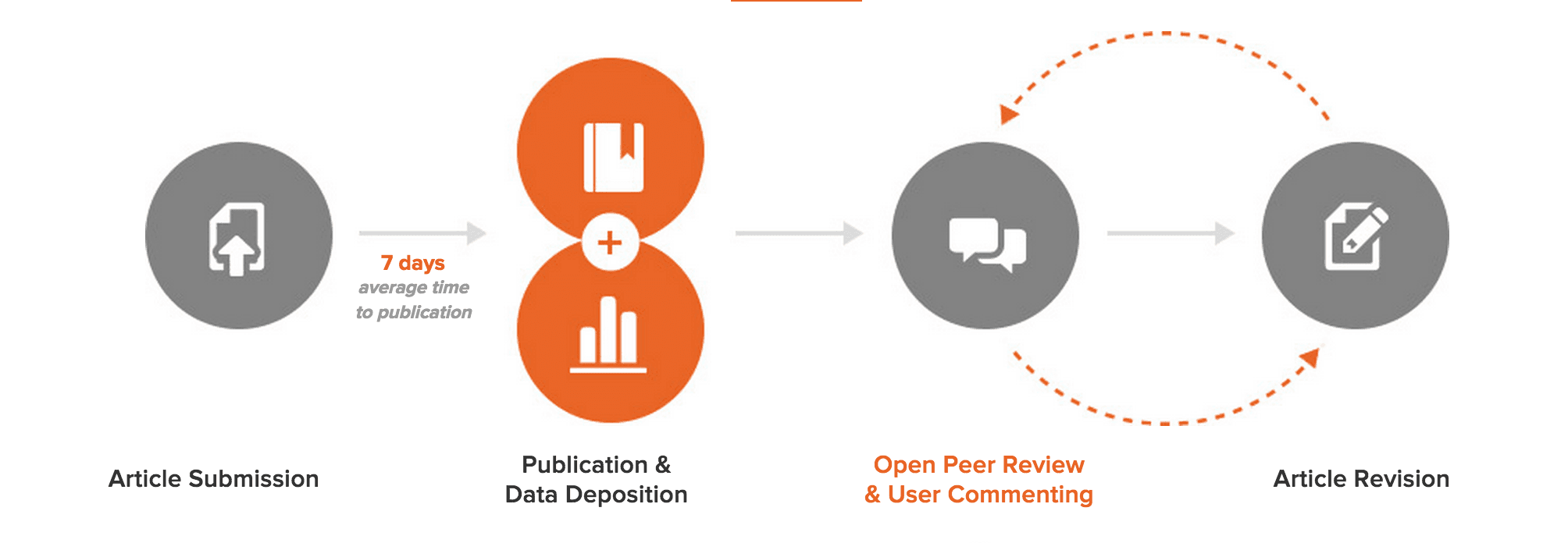Journal Lets Papers be Collectively Edited like Wikipedia Articles

An open access journal has succeeded in taking minor strides in bringing about innovation in scientific journal publishing by creating a Wikipedia like model of publishing papers that can theoretically be infinitely updated.
Research papers have followed the same model of publishing that was popularised decades ago before the advent of the internet. However, one journal is taking a new approach to adapting to the flexibility of the internet. F1000 Research is bringing a new form of innovation into research publication by allowing peer editorial via ‘living figures’.
Walk of the Fruit Fly
The first successful such edit by an external scientist has been made to a paper published a year ago on F1000. A paper on the connection between the relationship between genes and the walk of fruit flies by Bjorn Brembs had one of it’s figures replaced by another group of scientists. This is the first such edit by scientists on F1000 towards replacing the age old model of publishing.
The concept of ‘living figures’ fits with the process of continuous update adopted by F1000. The model which allows instant publication of research papers (well almost instant, 7 days as opposed to months), after which the paper is tagged under ‘Awaiting Review’ and reviewers are invited to post their reviews, during which the editor of the paper can modify the ‘published’ paper. This reduces the to and fro that usually happens in the conventional publishing model.
Drawback to Publishing in F1000
However, a major drawback to this model of wikipedia like editing is that researchers will have to let go of a chance to have their names as lead author or co-authors of a paper. The names of contributing scientists appear in legend of the figures they are contributing to, a big drawback considering how much researchers value their names on research papers. On benefit is that these updated figures also get their own DOIs. Researchers who once contribute sufficiently to the paper can also seek a formal publication linking to the original paper, a process called ‘Data Note’ by F1000. This is opposed to ‘Research Note’ where a contributing author’s findings oppose the original paper’s findings.
Way Towards a more Flexible Future
Although quite early in their efforts to bring flexibility to research, the journal is on the right path to change the now defunct scientific publishing industry. By taking inspiration from wikipedia and the highly unfathered yet collective software development sector, the journal can bring in concepts of editing, branching, forking, etc to publications from Wikipedia and Github. This can bring an end to constant need for peer review and starting the process of writing a paper from scratch every time even a minor discovery is observed.
Source: F1000 Research

